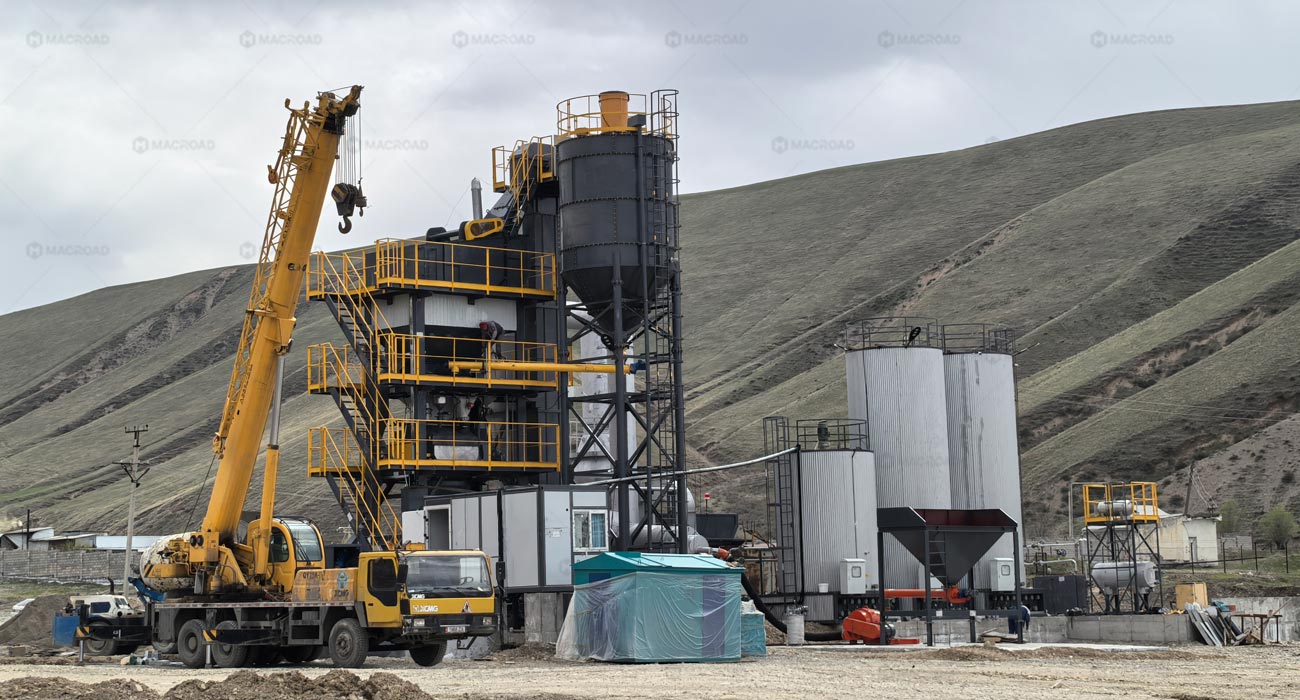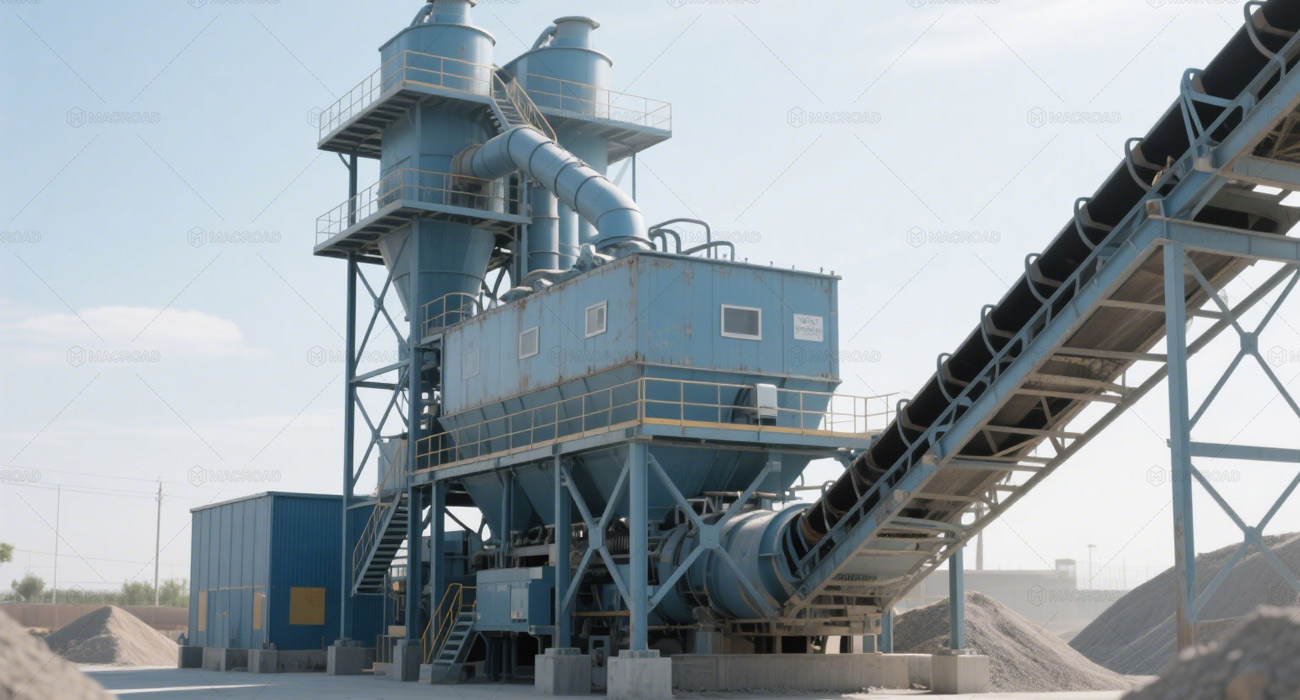In highway construction, the integration of hot mix asphalt from asphalt hot mix plants and cold mix materials from cold mix asphalt plants is essential for achieving structural integrity and construction efficiency. Hot mix asphalt is widely used for pavement surface layers due to its high strength and durability, while cold mix asphalt is more suited for base courses and emergency repairs. This article explores how these two materials coordinate in construction timing and processes to ensure optimal results.

Planning Production and Transportation for Hot Mix Asphalt
To maintain the quality of the hot mix asphalt, careful planning of production batches and transportation routes is critical. Asphalt hot mix plant must schedule their output based on the construction progress of the surface layer. This planning helps to ensure that hot mix materials arrive on-site at the correct temperature, which is vital for effective paving and compaction.
If the hot mix asphalt cools too much during transport, it can adversely affect the workability of the material, leading to poor compaction and potential structural weaknesses. Therefore, coordination between the hot mix plant and the construction team is essential. By monitoring the paving schedule and adjusting production times accordingly, contractors can mitigate the risks associated with temperature drops, ensuring that the asphalt performs as expected during application.

Allowing Sufficient Curing Time for Cold Mix Materials
When using cold mix asphalt for base courses, it is equally important to allocate sufficient curing time before placing the hot mix surface layer. Cold mix materials require time to achieve their intended strength, and rushing this process can compromise the overall quality of the highway.
To effectively coordinate this, construction schedules need to account for the curing period of cold mix asphalt. This approach ensures that the base course meets the necessary strength standards before the hot mix asphalt is applied. Proper timing and communication between teams working with cold mix and hot mix materials can streamline the construction process, resulting in a more durable final product.

Implications for Construction Organization Plans
The collaboration between hot mix and cold mix asphalt plant imposes specific requirements on highway construction organization plans. These include careful arrangements for the construction period and equipment scheduling to ensure that both types of materials are utilized efficiently.
For instance, construction managers must synchronize the usage of equipment, such as pavers and rollers, to align with the curing times of cold mix asphalt and the delivery schedules of hot mix asphalt. This coordination minimizes downtime and maximizes productivity on-site. Additionally, using both types of asphalt allows for better project flexibility, enabling quick responses to changing conditions or unexpected repairs.

Comprehensive Advantages of Collaborative Use
Utilizing both hot mix and cold mix asphalt offers several comprehensive advantages over relying solely on one type of material. Firstly, the combination enhances overall project quality by ensuring that each layer serves its intended purpose effectively. Hot mix asphalt provides the durability needed for surface layers, while cold mix asphalt supports the structure of the base course.
Secondly, this collaborative approach can lead to better cost control. By optimizing the use of cold mix materials for emergency repairs or temporary solutions, construction teams can reduce the overall project costs while maintaining high standards. Moreover, the effective scheduling of materials and equipment helps to prevent delays, contributing to a more efficient construction timeline.
In the context of companies like Macroad, which focus on innovative solutions in asphalt technology, the ability to integrate hot and cold mix asphalt effectively positions them as leaders in highway construction. Their expertise can help streamline these processes, ensuring that projects are completed on time and within budget.
Conclusion
In conclusion, the coordination of hot mix asphalt from asphalt hot mix plants and cold mix asphalt from cold mix asphalt plants is vital for successful highway construction. By planning production and transportation efficiently, allowing sufficient curing time, and organizing construction schedules effectively, contractors can ensure the structural strength and durability of the highway. This collaborative approach not only enhances project quality but also offers significant advantages in cost control and efficiency, making it a preferred method in modern highway construction.
